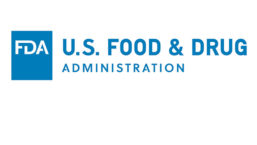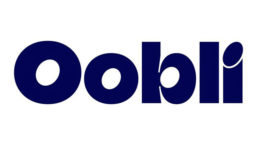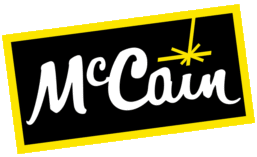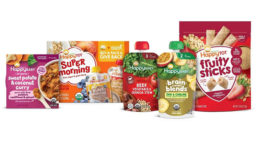Home » Keywords: » USDA
Items Tagged with 'USDA'
ARTICLES
The Phase II targets will continue to focus on commercially processed, packaged, and prepared foods in the marketplace
Read More
T. Hasegawa USA Secures USDA Certification for Meat and Poultry Flavor Manufacturing
California-based company enhances its production facilities and invests in equipment and resources to cater to the growing market for USDA-certified meat and poultry products
August 16, 2024
FDA, USDA, EPA Enhance Efforts to Reduce Food Loss and Waste
The US Agency for International Development joined the collaboration as a federal partner with international reach
June 3, 2024
Oobli Becomes Receives FDA "No Questions" Letter for Novel Sweet Protein Produced via Precision Fermentation
USDA signals support for the safety of the Oubli Fruit Sweet Protein for use in food and beverages
March 27, 2024
INFOGRAPHIC
Understanding the Continuous Improvement and Accountability in Organic Standards Act 2023
December 18, 2023
McCain Foods USA and Partners Acknowledged for Sustainable Potato-Growing Projects
McCain Foods, Campbell, and the Soil Health Institute will use federal funds to implement climate-smart practices on more than 6,000 acres of farmland
November 8, 2023
FDA to Transform Human Foods Enterprise
FDA deputy commissioner for Human Foods commits to fulfilling vision of proposed program
October 20, 2023
FDA Draft Guidance Could Result in Safer Food Options for People with Allergies
Draft guidance provides examples of ways manufacturers can minimize or prevent allergen cross-contact and undeclared allergens
September 27, 2023
Organic Trade Association Wins Funding to Promote US Organic Globally
USDA awards $1 million-plus in 2023 Market Access Program fund
December 15, 2022
CATEGORY INSIGHTS: NATURAL/ORGANIC
Celebrating National Organic Month, USDA Organic Transition Initiative, Corporate Strategies and Innovation
Organic Trade Association identifies components of USDA initiative that are anticipated to impact the organic category
September 23, 2022






